Like much of the rest of the world, Europe is facing a number of major transformations in several social areas driven by factors including climate and demography. The public sector is facing huge demands due to these challenges in many areas of its responsibility, like environmental protection, healthcare, elder care, and education.
A huge element of digitalization, new solutions, structures, and public-private co-operation in different forms are quite necessary for Europe to overcome the challenges society is confronting and remain highly competitive. Within the framework of various programmes and projects aimed at creating smart cities, several of these issues have already begun to be addressed. So, what do you mean by a smart city?
What is a Smart City?
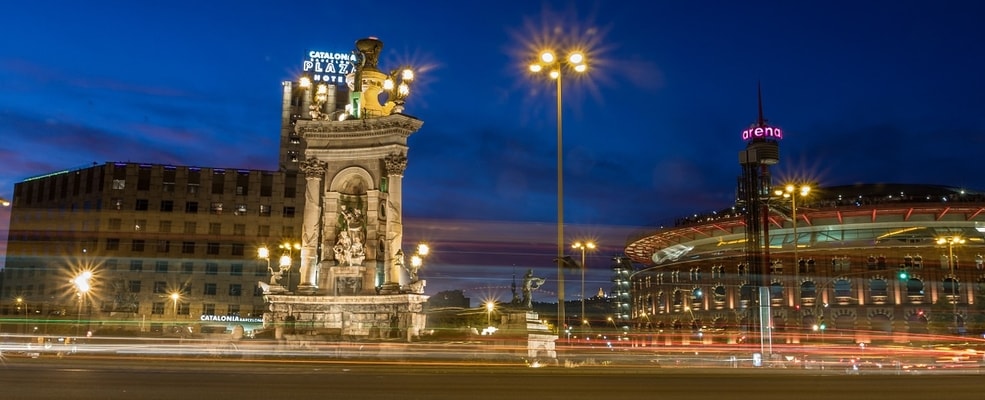
A smart city is an urban settlement with properly connected, smartly managed, and optimized resources. Every device that is a component of a smart city must function with others to handle the resources of that city’s population. If the city is to be truly smart, these devices should communicate with each other and this is where the IoT (Internet of Things) comes in.
The IoT is an ecosystem of physical objects that are interconnected and accessible through the internet. The IoT offers an exemplary template of a body of interactive devices that offer smart solutions to everyday problems and is regarded as the key to building smart cities.
Barcelona is one of the major cities in Europe that has been utilizing innovative technologies to change the daily life of its citizens. For any city seeking to become smarter, its services and physical infrastructure have to be combined with the latest technological offerings. Barcelona has understood the huge potential of the IoT and started implementing smart city solutions from the year 2012. The city deployed responsive technologies across various urban systems which include waste management, street lighting, public transit, and parking.
Innovative Technologies that Transformed Barcelona Into a Smart City
The high-tech improvements seen throughout Barcelona offer a strong template for various other cities looking to improve their technological infrastructure in similar ways. Now, let’s have a look at some of the smart technologies that have transformed Barcelona into a smart city.
Parking Spaces
Barcelona has implemented a sensor system for drivers that guide them to open parking spots. Embedded underneath the asphalt, the sensors can identify the available parking spaces and notify the drivers. The program has reduced emissions and congestion by directing drivers to vacant parking spaces. Within one year of implementation, the city issued 4000 permits for parking per day. There is also a provision for paying the parking fee online.
Street Lights
LED-based lighting system along with a sensor network has replaced the street lights across Barcelona. This lighting system is more energy efficient and reduces the heat produced by the old lamps thus leading to cost savings for the city.
This solution successfully dealt with the problem of street lighting being used ineffectively in a way that is quite harmful to the environment. The lighting system receives information regarding the environment(pollution, humidity, temperature, the presence of people, and noise) with the help of sensors.
A central unit in the street enables lights to communicate and this unit also manages various other services like electric vehicle recharging stations, Wi-Fi, and fiber-optic cabling to the home. Sensors can adjust lighting based on the presence of people and the time of delay. Enabling control over the lighting level provided the unexpected benefit of being able to lure people towards particular places of interest around the city.
Waste Disposal
The citizens of Barcelona deposit their residential waste into smart bins with the help of smart waste disposal system. These smart bins use a vacuum and suck the waste into underground storage. This reduces the smell of trash waiting to be fetched and the noise pollution from collection vehicles.
It also enables the city to detect the level of waste that comes from different places and optimize the collection of waste, which decreases both the resources and time needed for this service. The incineration of waste is used later to produce energy for heating systems.
City Bike System
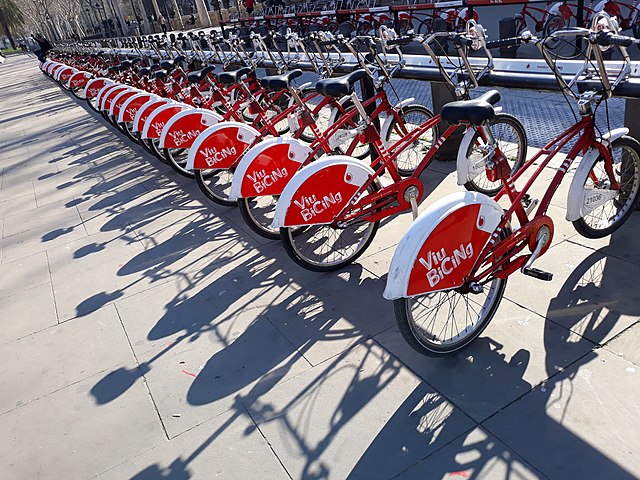
Bicing stations like this can be found all over Barcelona. Image source: Alzinous via Wikipedia
The city bike system of Barcelona is known as Bicing. However, it is only for the Barcelona residents. Bicycles are a major part of the public transport system of Barcelona. Bicing is an innovative bicycle borrowing scheme launched by the Barcelona city council.
This is a public transport service intended for short bicycle journeys up to thirty minutes duration. Over 120,000 subscribers have signed up for this bike sharing program. This initiative helps reduce the number of cars circulating in the city. Many of the bicing stations are nearer to car parking, parks, and metro stations.
Bus Transit System
Transports Metropolitan de Barcelona(TMB), the transport system of Barcelona, has integrated a new orthogonal bus network of diagonal, vertical, and horizontal lines, making it more frequent, easier to use, and faster, among other features.
The goal of this transit system is, in 95 percent of its journeys, the traveler has to make one transfer between any 2 points in the city. The bus transit system also has urban sustainable mobility, decreasing emissions with the help of hybrid buses. This system also has smart bus shelters utilizing solar panels and the screens show waiting times.
Utilization of Noise Sensors
Plaza del Sol is a place in Barcelona for its young inhabitants to meet friends and hang out. This is a reputed place for selling pizza, beer, late-night carousing, etc. But, the problem here is that the situation at this place has become unbearable for the residents living around it. They have been living unacceptable noise levels for the past 20 years.
So, to counter this, easy-to-use and low-cost sensors have been built that can detect noise-levels, air pollution, temperature, and humidity. With the help of these sensors, the residents were able to detect that the noise levels were almost 100 decibels which were beyond the recommendations of the WHO(World Health Organization). People had taken necessary action to counter this noise. So, the residents have used sensors and got rid of the unbearable noise.
Barcelona is the Mobile World Capital
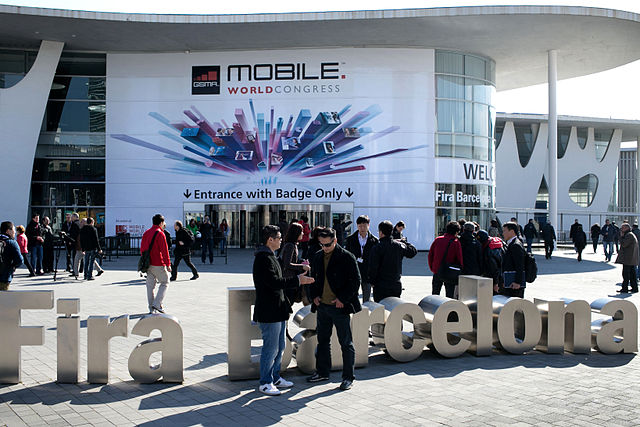
Barcelona emerged as the Mobile World Capital after beating 29 other cities till 2018 starting from 2012. This is because of its commitment to extending the reach of mobility nationally as well as locally, transportation and tourism infrastructure, and exhibition and conference facilities.
The GSMA(Global System for Mobile Communications) had chosen Barcelona as the host city for the annual trade show for the mobile sector known as the Mobile World Congress. Over 72,000 people have attended this massive international telecommunications event held in the year 2014.
Wrap-Up
Barcelona has achieved a wide range of benefits through investment in IoT for urban systems. It is a model city in signifying how the IoT can be applied in innovative ways to solve major problems. The city’s commitment to creating a smarter urban infrastructure is transforming the quality of life for its residents and visitors.


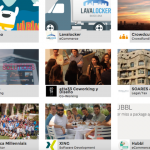
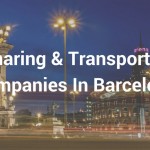



When I read about various smart city initiatives that Barcelona have implemented recently, I’m very much reminded of London. Although the changes there didn’t go as fast or as systematically. But the overall approach with city bike systems, bus transit and smart parking solutions is very similar, nevertheless. I think that the success of Barcelona’s smart city initiative will be a great example for other cities in Europe and US and as a result we’ll see more similar IoT networks developed in the next couple of years all across the world.